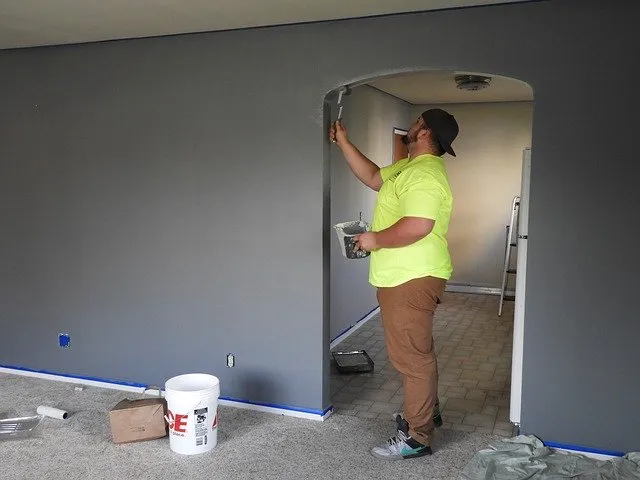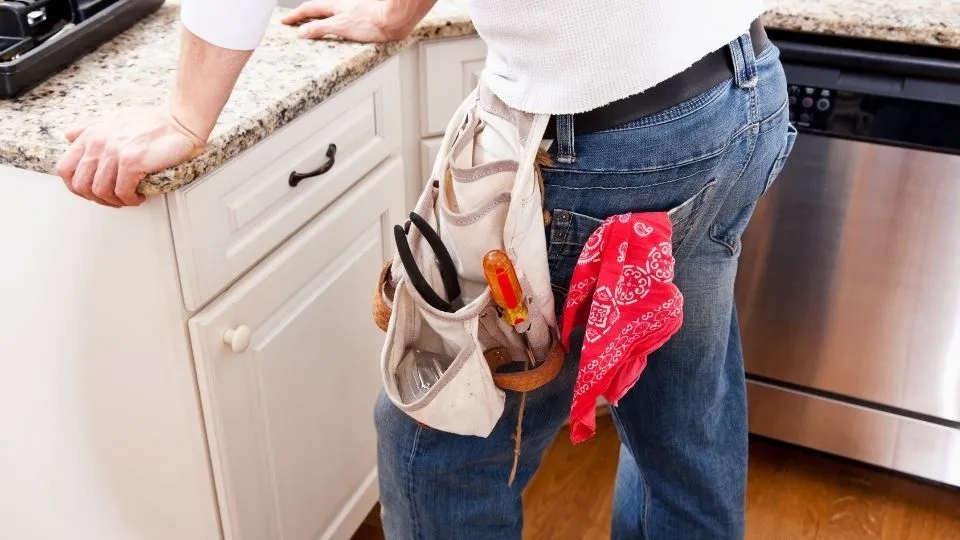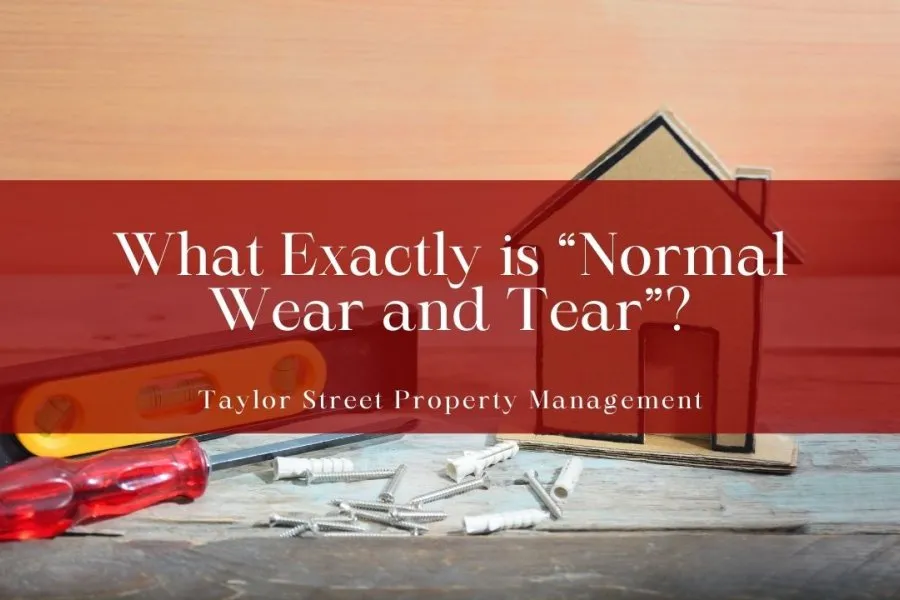When talking about rental properties as a landlord, you might come across the term, “normal wear and tear”. This generally means the foreseeable depreciation coming from the occupation of a property. This is natural and is not considered a devaluing of the rental as a result of a tenant’s neglect or abuse.
Property owners are responsible for dealing with “normal and tear”. If you suspect that a tenant may have caused property damage, you need to be familiar with the term wear and tear first to spot the difference. This will help you hold the right party liable for damages.
Once you’re able to identify the two from each other, you can properly designate who’ll be paying for the damage. If you want to learn about the difference between normal wear and tear and excessive property damage, keep on reading!
Natural Wear and Tear
As expected, renters are bound to leave marks on the fixtures and furnishings when occupying your rental home. This is reasonable since frequent use can result in normal wear and tear in a given period.
Your home will not appear to be the same in its first year in contrast to its tenth year of being occupied by tenants. You can spot scratches on the floor, small marks on the wall, and dulling of the paint even. The longer renters reside in your property and the more turnover, the more wear, and tear can happen.

What Counts as Normal Wear and Tear
Over the years of staying in your rental property, a tenant may end up damaging the doorknobs or experience some deterioration in kitchen appliances. This is expected since frequent use can lead to a decline in the functionality of an object. In 5 years, you can’t expect all of your appliances to work as well as the first day you got them.
Instances of normal wear and tear include:
- Peeling paint
- Faded wallpaper
- Sticky doors
- Loose grouting
- Faded carpets
Unexpected Property Damage
Unexpected property damage, on one hand, can harm the value of your rental. It can lower the usefulness or functionality of the furnishings on the property. This typically arises from an occupant’s abuse and neglect beyond ordinary circumstances.
Examples of this could include broken tiles or mirrors, or large stains on carpets. You can already conclude as a landlord that an extraordinary event caused these unexpected damages.
What Counts as Unexpected Damage?
Unexpected damage is labeled as those that result beyond reasonable wear and tear. This can generally be prevented and can even be done on purpose.
Instances of unexpected, excessive damage include:
- Broken windows
- Chipped flooring
- Ripped off doors
- Carpet burns
- Missing tiles
Not all types of unexpected damages can be attributed to tenants though. Some landlords can also be neglectful of their responsibilities which can lead to massive property damage. A landlord may fail to address the following cases:
- Leaking roofs
- Faulty electric wires
- Broken pipes

Note that under landlord-tenant laws, a landlord should ensure that the rental is kept in habitable form for the tenants. Thus, renters can live in safe and healthy conditions in a hazard-free rental property. So if your tenant puts in a maintenance request, you must respond promptly.
When Landlords can Utilize Security Deposits
If you determine that the damage to your property goes beyond normal wear and tear this affords you, as the landlord, with the option to use the tenant’s security deposit. It should be noted that conflicts can arise as a result of this. Landlords and tenants may disagree over what is labeled as normal wear and tear and unexpected damage.
Documenting Property Damage
Even if it requires extra effort, landlords would do well to perform move-in and move-out inspections with their renters. Carry a checklist and use this opportunity to communicate with your new tenants on how unexpected damages should be handled.
While conducting a move-in inspection, you can document your property’s condition by taking pictures. This way, it’ll be easier to identify wear and tear versus excessive damages. It also prevents confusion on who should shoulder the costs of repairs in case disputes happen during the tenancy.

Do the same when a tenant does not renew the lease and moves out of the rental. Take note of the damages found on the property and record them by capturing photos. This provides you with the opportunity to stop new damage and communicate with the tenant about the repair expenses.
When spotting property damage, it’s important to prepare the documents. Have proof of the damage. If you can only refund part of the security deposit due to the repair expenditures, it’s required to include the itemized list. This allows the renter to review the deducted costs and read the reasons behind them.
How to Protect Your Property
Screen your tenants properly to ensure that they will take proper care of the unit during their tenancy. This should help you avoid the stress of dealing with disputes as well. Perform a comprehensive tenant background review.
When you find the right tenants, they can help you take care of and maintain your rental property. They also mitigate the risks arising from neglect. It’s essential to have an effective tenant screening in place to prevent irresponsible renters from occupying your rental home.
Bottom Line
Knowing the difference between normal wear and tear and excessive property damage can help you protect your units, and reduce conflict between you and your tenants.
If you need help managing you’re rentals, consider reaching out to a trusted property manager. The team at Taylor Street Property Management will gladly assist you in all your managing needs! Contact us today to learn about our services.


